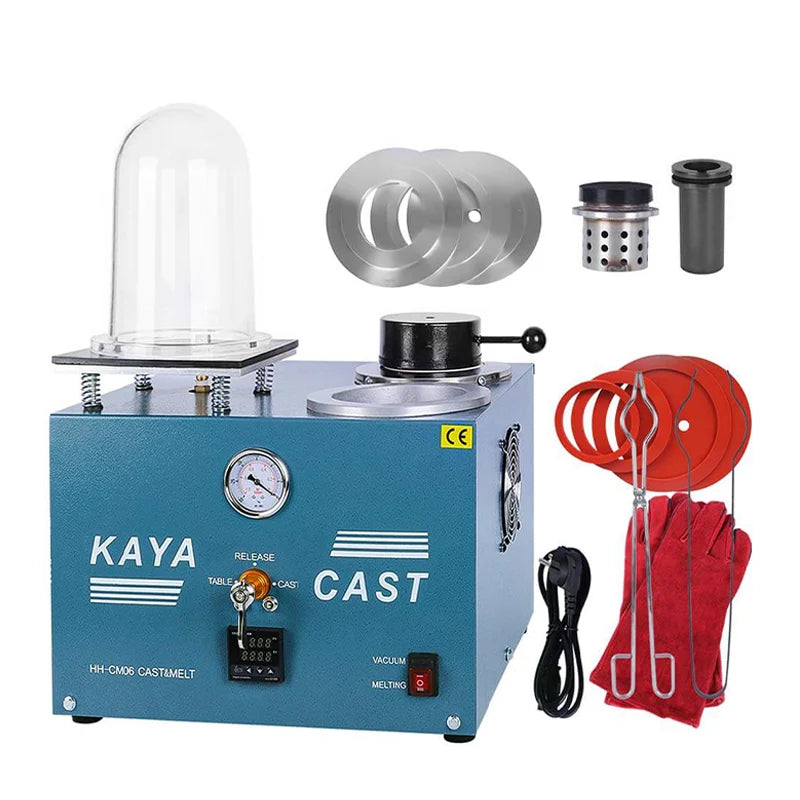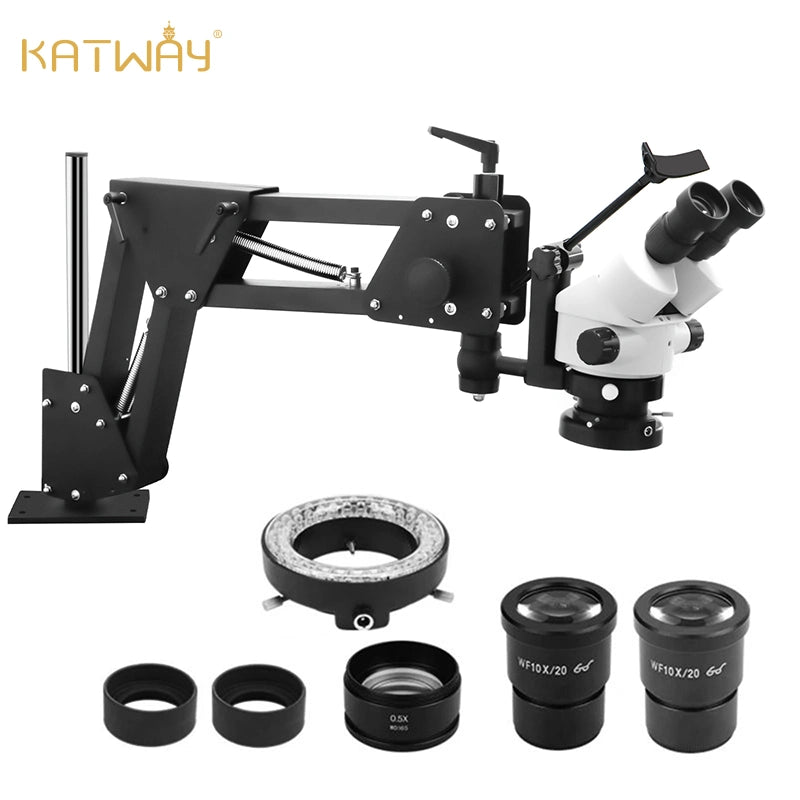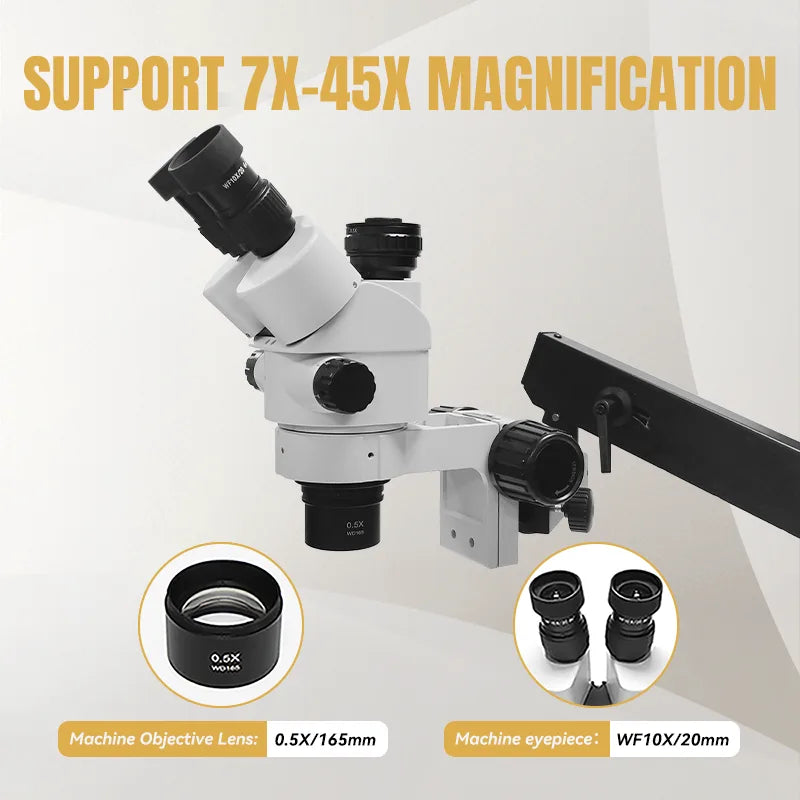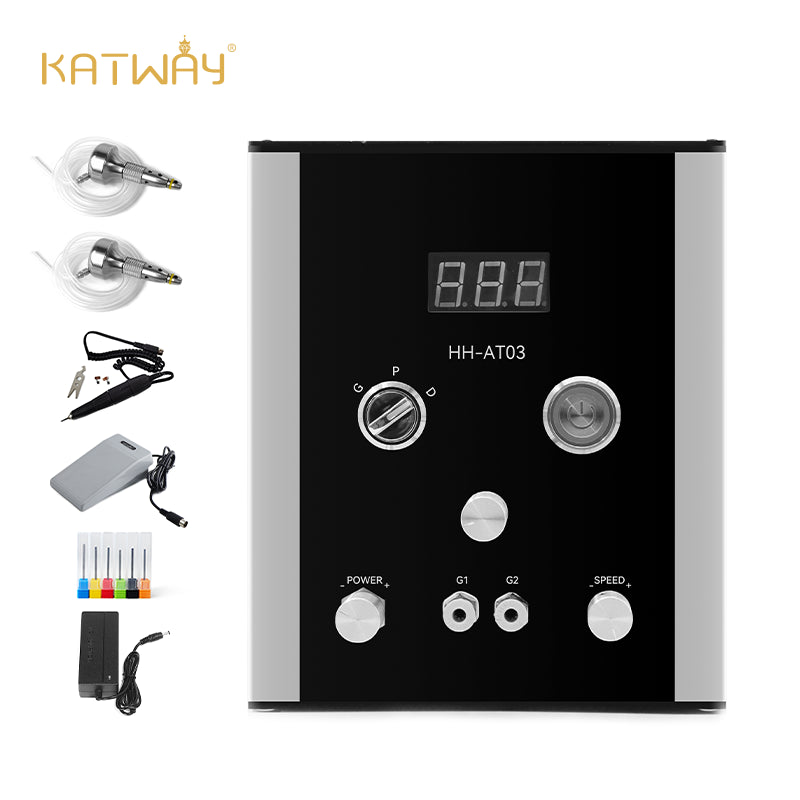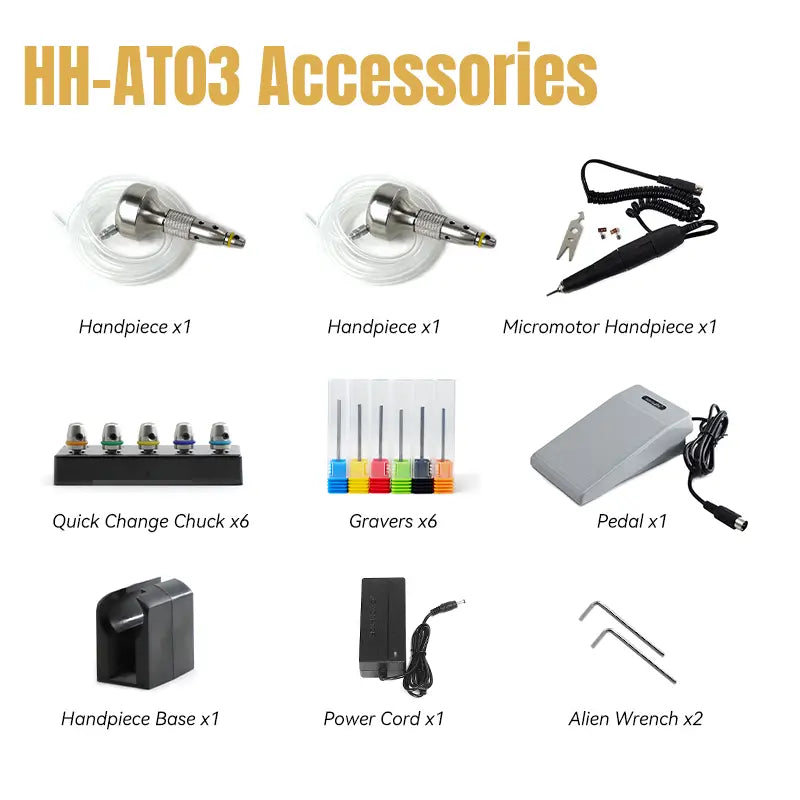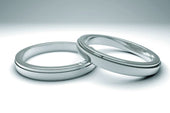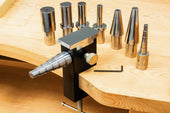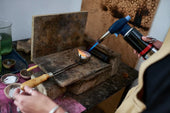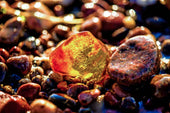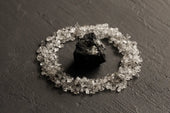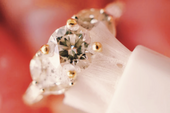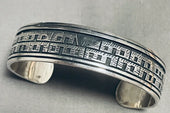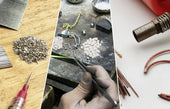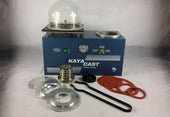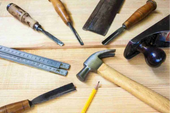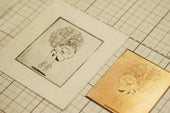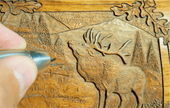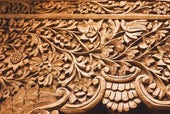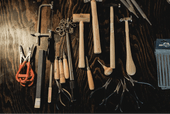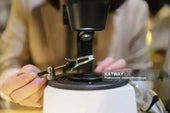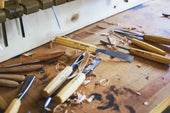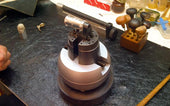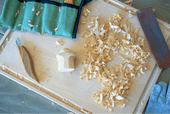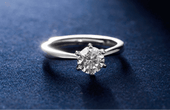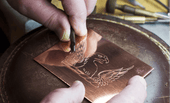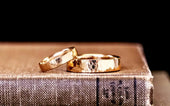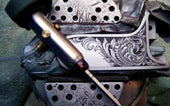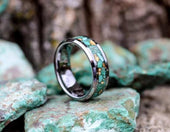The Casting in Jewelry Making
Jewelry making is a very ancient and exquisite art form with a history of thousands of years. It is a time-consuming, laborious, and laborious process that requires craftsmen to possess exceptional skills and artistic spirit in order to create beautiful and unique jewelry.
One of the most commonly used techniques in jewelry production is casting, which is a necessary process for making jewelry and is also a very fast and effective method for making jewelry. In this blog, we will explore the basic knowledge of casting in jewelry production, the advantages of casting, and various application methods of casting.
What is the casting process in jewelry production?
Casting is actually a process of pouring molten metal liquid into a mold, waiting for cooling and solidification, and then taking the solid out of the mold for fine processing, making it into the desired shape and size, and finally producing a piece of work. In jewelry production, casting is not only commonly used to make various types of jewelry, such as rings, bracelets, pendants, and earrings; Meanwhile, it can also be used to create more complex shapes and more exquisite designs.
Casting types in jewelry production
Wax loss casting
Lost wax casting refers to the process of first using materials such as wax or clay to create the desired jewelry model or pattern, and then surrounding the model with a layer of refractory material (such as clay or gypsum) to form a mold. Next, heat the mold to melt the wax or putty, allowing the melted liquid to flow out through a special runner. Finally, pour the molten metal liquid into the mold, and when it cools and solidifies, the refractory material will rupture, revealing the jewelry piece.
Sand casting
Sand casting is a more labor-intensive and cheaper alternative to wax loss casting. In this method, sand or other refractory materials are first used to create a model of the desired jewelry. Then surround the model with a layer of refractory material and pour the molten metal into the mold. When the metal solidifies, the refractory material will rupture, exposing the cast jewelry pieces. Sand casting is commonly used for jewelry that requires higher levels of craftsmanship, larger, and more complex sizes.
Special casting
According to the molding materials, casting can be divided into special casting mainly made of natural mineral sand and gravel, such as investment casting, shell casting, full mold casting, ceramic mold casting, etc; There are also special castings mainly made of metals, such as metal mold casting, pressure casting, continuous casting, low-pressure casting, centrifugal casting, etc.
Mold preparation
Casting molds can be divided into sand molds, metal molds, ceramic molds, mud molds, graphite molds, etc. according to materials.
According to the number of uses, it can be divided into disposable molds, semi permanent molds, and permanent molds. A mold is usually destroyed during the process of removing the casting, and its cavity is often made by molds made of wax, wood, plastic, or metal. Permanent casting is a type of casting that is relatively expensive but can be reused. Due to high costs and the high cost of temporary modifications, some of which cannot even be repaired, it requires more design and material preparation time to prepare the mold.
Before casting, it is necessary to carry out casting treatment and inspection: casting treatment includes removing foreign objects from the core and casting surface, cutting off the sprue and riser, grinding burrs and burrs, as well as heat treatment, shaping, rust prevention treatment, and rough machining.
The quality of mold preparation is the main factor affecting the quality of castings.
The advantages of casting in jewelry production
- The casting has high precision and good surface quality. The precision of modern investment casting turbine engine blades has reached a level where no additional machining is required.
- Jewelry casting has multifunctionality and can produce works with complex shapes. Even complex components composed of several parts can be made in one go using investment casting. It can create jewelry of various shapes and designs for producing exquisite patterns, detailed reliefs, and complex shapes that are difficult to achieve through other manufacturing methods.
- The types of casting alloys are not limited, and they have more significant advantages when used for high melting point and difficult to cut alloys.
- The flexibility of batch production allows for almost unlimited production volume, and casting allows for large-scale production as multiple molds can be prepared simultaneously. At the same time, it can be produced in large quantities, as well as in single piece and small batch production.
- Casting has excellent reusability because every casting comes from the mold. This can accurately replicate the design and ensure consistent product quality.
- Casting is cost-effective and typically requires fewer raw materials compared to other manufacturing methods such as carving or forging, making it less likely to cause waste. It also allows the use of cheaper materials, such as base metals or alloys, which can be combined with precious metals to achieve the desired accessories and effects.
View more related articles
Engraving machine safety operation matters
The best tutorials for hand carving
Advantages and disadvantages of machine carving and hand carving


